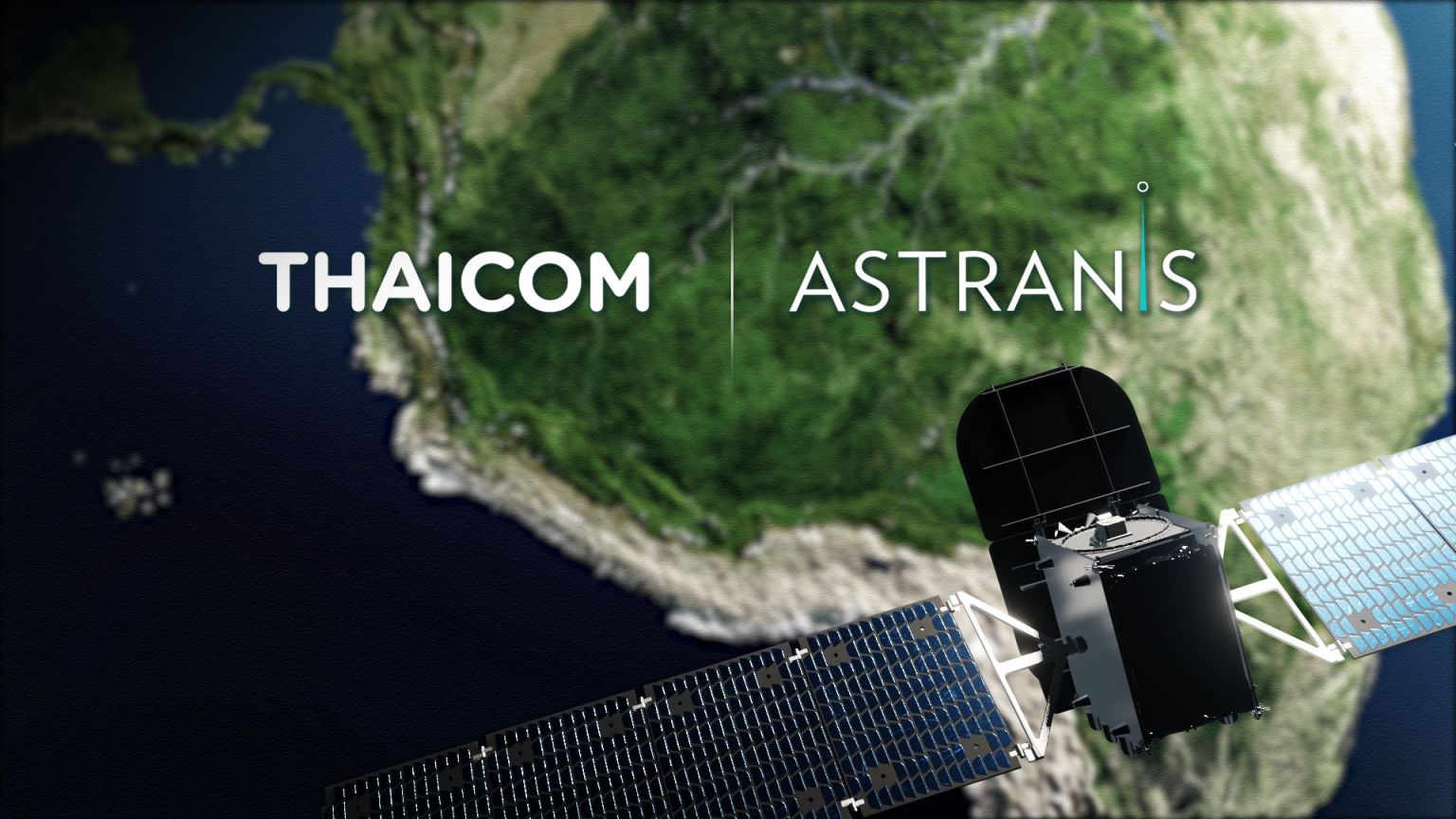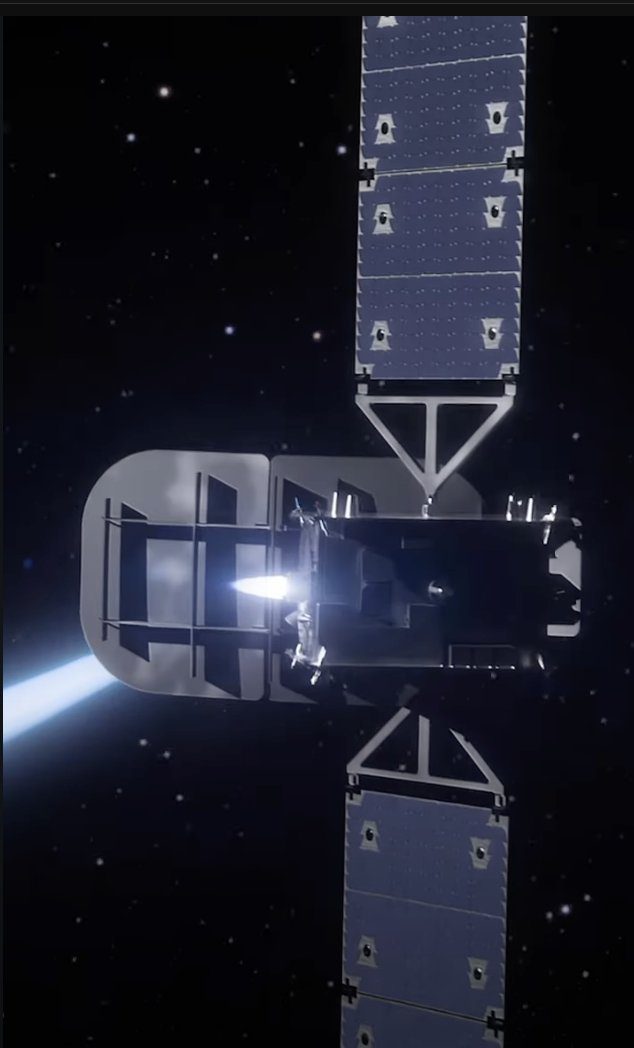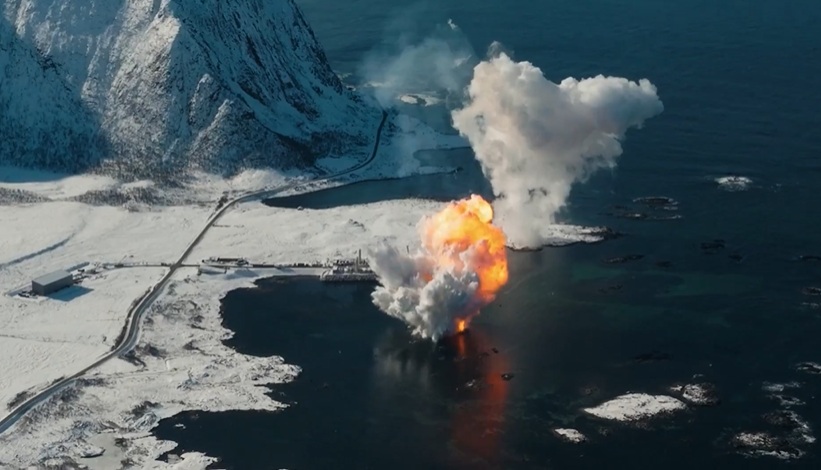GEO satellite contracts
Typifying how the geostationary orbit (GEO) market has moved to small spacecraft for smaller regional operators, GEO satellite manufacturer Astranis has received an order from Thaicom for a small microGEO communications spacecraft as part of a Block 3 launch set. Called Thaicom 9, the 400 kg satellite will be launched in 2025. It will provide Ka-band services over the south-east Asian region from its position in the geostationary arc over 119.5 degrees east.
The financial details of the contract have not been released. The satellite will be launched with four other ‘Block 3’ Astranis-built spacecraft, one for Apco Networks and one for Orbits Corp plus a third for an undisclosed customer. The launch vehicle has not yet been identified but is likely to be a SpaceX Falcon 9. A similar launch has already been booked for other Astranis spacecraft.
Astranis has another order for its 400 kg microGEO satellite series, one of five of its Block 3 set, via a contract with Argentinian operator Orbith. The yet unnamed spacecraft will be launched in 2025.
While the above are examples of very small GEO satellites, large ones are still being ordered. Last month Boeing was awarded a US$439.6 million contract by the US Space Force to build a military communications satellite known as WGS-12.

Image of Thaicom 9 made during the order announcement. Courtesy: Thaicom
LEO satellite contracts
The trend of moving space communications to low Earth orbit (LEO) to reduce latency (signal delay) issues remains strong. Viasat, a traditional GEO satellite operator along with its newly acquired Inmarsat operation, was selected by NASA to build a spacecraft to demonstrate the technologies needed for a LEO comsat constellation, which would replace the agency’s TDRS data relay satellites in GEO. To do this, Viasat has chosen Rocket Lab USA to produce a spacecraft bus for the demonstration mission as part of NASA’s Communications Services Project (CSP).
Spanish defence contractor Indra and navigation services provider Enaire have ordered a 20 kg satellite from GomSpace and a 110 kg satellite from Konsberg Nanoavionics for a LEO air traffic ADS-B signal surveillance and communications constellation dubbed Startical. Both satellites are due to be launched in 2025 with the satellite built by GomSpace up first.
The European Space Agency (ESA) has signed contracts totalling €233 million (US$251 million) for navigation research spacecraft. The €76.6 million contract for the Genesis high-accuracy International Terrestrial Reference Frame satellite goes to a team led by OHB Italia. A pair of contracts, worth €78.4 million each, have been awarded to two teams to develop two five satellite groups as LEO-PNT (low Earth orbit position navigation timing) demonstrators for later constellations. One goes to GMV Aerospace and Defence, as overall system prime, and OHB System AG (DE) as space segment prime and core partner. The other contract goes to a team led by Thales Alenia Space France SAS as overall system prime and Thales Alenia Space SPA (IT) as space segment prime. The first LEO-PNT satellite is planned to launch within 20 months from kick-off and the complete constellation to be in orbit before 2027.
South Korea’s Hancom InSpace has ordered two 6U-cubesats for remote sensing from Spire Global called Sejong-2 and Sejong-3. Sejong-1 which Spire built is already in orbit and is operated by Spire under a hosting agreement.








